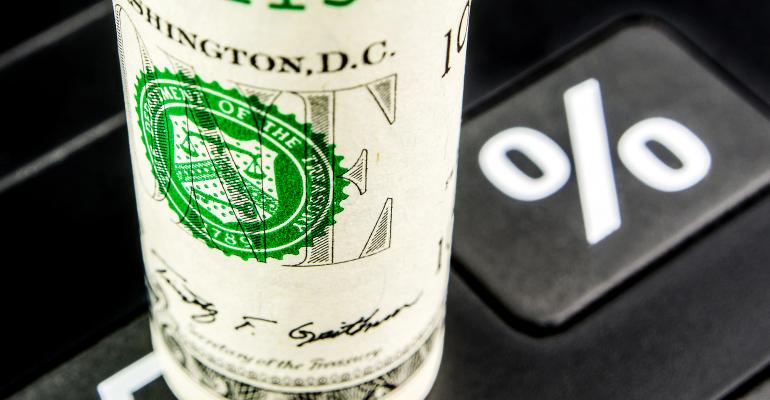If I hear another policy owner touting the rate of return he’s getting on his policy cash value, I might scream.
Few policy owners have any idea what they’re talking about. All they’re saying is what the agent told them, and they haven’t even taken out a calculator to check the numbers.
Let’s look at a recently run traditional mutual whole life (WL) policy presented to me. The carrier is a big name and respected company with a current dividend rate at better than 6%. The internal rate of return on the premium to the cash value at 10 years is negative 3.2%. At 15 years, it’s about 0%. At 25 years, or age 70, it’s 3.5%. It never hit 4%.
Expenses Need to Be Considered
There’s nothing wrong with this, and it’s a perfectly fine policy. However, don’t tell me you’re getting 6% on your cash value because you’re not. That’s not even how WL works. The cash value, let alone your premium, just doesn’t grow at the stated dividend rate. I mean, seriously, where do you think the expenses are paid from? Of course, not everyone thinks this and not every, or even most, agents misrepresent it, but enough do so it needs to be talked about.
Let’s look at a recent indexed universal life policy (IUL) that came across my desk. Policy owners seems to think they get the crediting rate on IULs even more than WL policies. This ledger shows a premium in the first 10 years of $3,516,000. The expenses in the first 10 years are $3,733,000. Clearly that’s going to be a bit of a strain on the cash value, so only a fraction of it will get credited any growth even when the market is up. In a down year, that 0% floor might seem nice, but the policy expenses couldn’t care less about this. They’re still going to eat into the cash value, so it will go down, 0% floor or not.
At 20, 30 and 40 years, the cumulative expenses are $9,624,000, $17,282,000 and $29,625,000, respectively. Again, this is how it works, and there’s not necessarily anything wrong with it, but when this kind of money starts coming out of the policy in expenses it might be a good idea to understand what they are, how they affect the policy and what the real rate of return is.
Using Rates to Compare Policies
But at least a policy owner can compare dividends and crediting rates between policies and insurance companies and come away with an idea of who’s doing a better job with investments and managing expenses, right? Not a chance. In a heartbeat I could run numbers with competing companies where one has a meaningfully greater dividend or crediting rate than the other but shows cash values that have almost no correlation. I could run the same product from the same company with the same rates and show cash value shockingly different. If you think there’s a snowball’s chance in Hades of your client figuring that out, think again.
If policies that have positive dividend and crediting rates and market returns year in and year out can fail and fall off the books with no value even after all the prescribed premiums were paid, how could anyone think the promoted rates mean much of anything. Think of this: If I offered you an investment that guaranteed 5% and I charged you 6% for it, where do you think you would end up? And on that downward slide would you be crowing to your friends about getting a 5% guarantee?
What’s the point of this? Urge your clients to basically forget the sales and marketing nonsense about crediting and to find someone to help them dig a lot deeper into what really matters. That will be the real return.
Bill Boersma is a CLU, AEP and LIC. More information can be found at www.OC-LIC.com, www.BillBoersmaOnLifeInsurance.info, www.XpertLifeInsAdvice.com, www.LifeLoanRefi.com, TheNAPIC.org, www.LifeInsExpert.com or email at [email protected].





